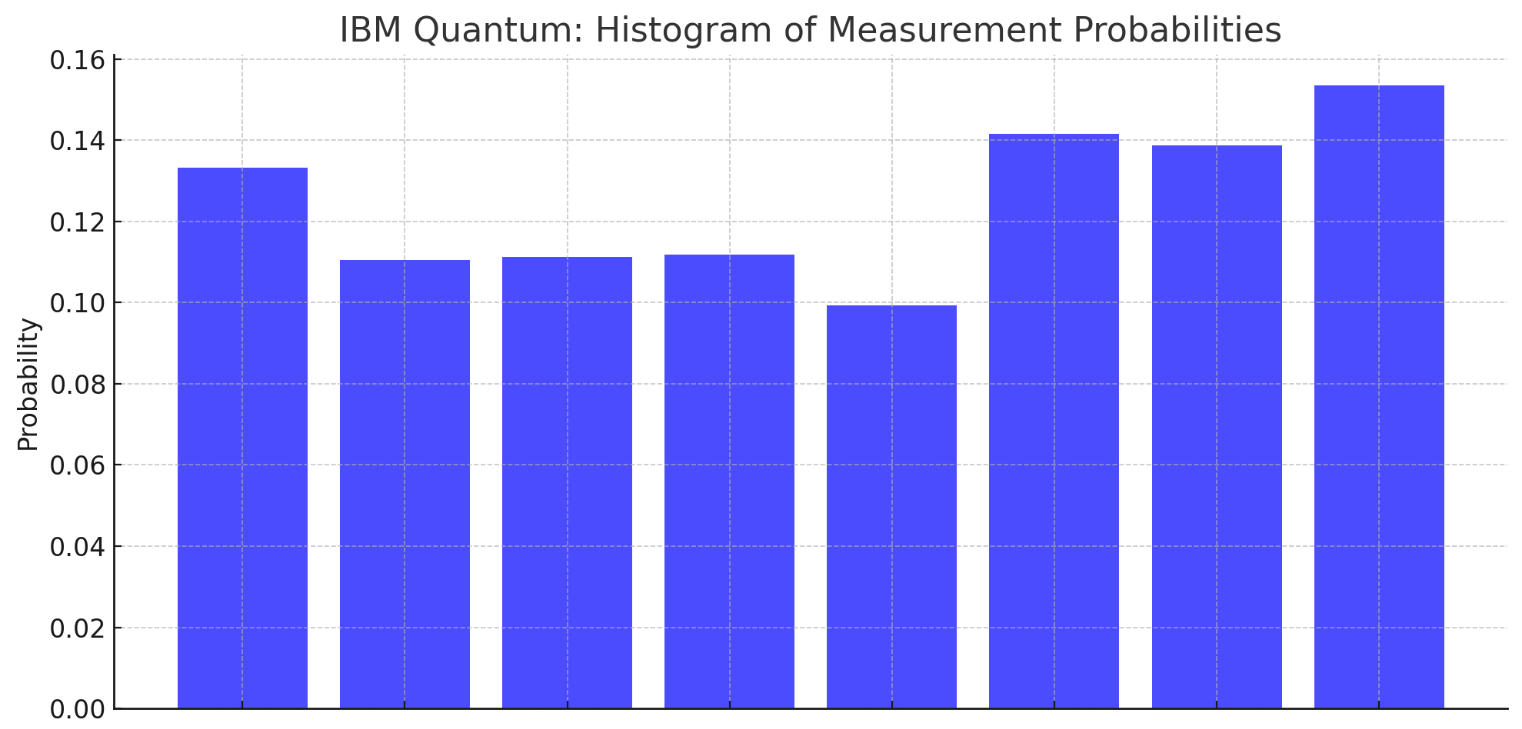Compiler-assisted code generation for quantum computing: leveraging the unique properties of quantum architectures
Keywords:
Neuroprotection, Quantum computing, quantum architectures, quantum circuits design, quantum code optimizationAbstract
Quantum computing holds transformative potential, but its adoption is hindered by the complexity of generating efficient, hardware-specific code. This work presents a modular, extensible compiler framework that bridges high-level quantum languages with diverse hardware architectures. The framework consists of three modules: a front-end for parsing quantum code into a hardware-agnostic intermediate representation (IR), an optimization module for enhancing quantum circuits through gate synthesis, qubit routing, and error mitigation, and a back-end for generating hardware-specific instructions. Major contributions include a hardware-agnostic IR for cross-platform compatibility, optimization techniques to reduce gate complexity and noise, and hardware-specific adaptations to improve execution fidelity. A practical demonstration optimizes quantum circuits, highlighting the impact of hardware constraints. Comparative analysis of IBM Quantum and IonQ platforms underscores the role of qubit connectivity and noise resilience in algorithmic performance. This scalable framework enhances quantum software development and efficient hardware utilization.

Published
How to Cite
Issue
Section
Copyright (c) 2025 G. G. James, A. P. Ekong, A. U. Unyime, A. Akpanobong, J. A. Odey, D. O. Egete, S. Inyang, I. Ohaeri, C. M. Orazulume, E. Etuk, P. Okafor

This work is licensed under a Creative Commons Attribution 4.0 International License.






